Themed collection Welcoming our new Reaction Chemistry & Engineering Editorial Board members

Algorithms for the self-optimisation of chemical reactions
Self-optimising chemical systems have experienced a growing momentum in recent years. Herein, we review algorithms used for the self-optimisation of chemical reactions in an accessible way for the general chemist.
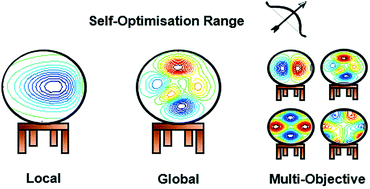
React. Chem. Eng., 2019,4, 1545-1554
https://doi.org/10.1039/C9RE00209J
Flow biocatalysis 101: design, development and applications
Flow biocatalysis: where to start? This tutorial review aims to guide and inspire new-comers to the field to boost the potential of flow biocatalysis.
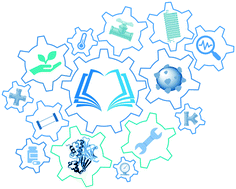
React. Chem. Eng., 2021,6, 599-611
https://doi.org/10.1039/D0RE00483A
Minimalistic peptidic scaffolds harbouring an artificial carbene-containing amino acid modulate reductase activity
A non-natural histidinium amino acid has been developed and used for solid-phase peptide synthesis to construct a peptide iridium carbene conjugate as artificial mini-peptide for hydrogenation catalysis.
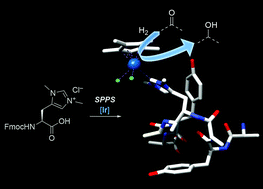
Chem. Commun., 2021,57, 9068-9071
https://doi.org/10.1039/D1CC03158A
Autonomous optimisation of a nanoparticle catalysed reduction reaction in continuous flow
An automated continuous flow reactor system for the optimisation of nanoparticle catalysed reactions, demonstrated through the optimisation of a gold nanoparticle catalysed nitrophenol reduction reaction.

Chem. Commun., 2021,57, 4926-4929
https://doi.org/10.1039/D1CC00859E
When are two hydrogen bonds better than one? Accurate first-principles models explain the balance of hydrogen bond donors and acceptors found in proteins
Correlated wavefunction theory predicts and high-resolution crystal structure analysis confirms the important, stabilizing effect of simultaneous hydrogen bond donor and acceptor interactions in proteins.
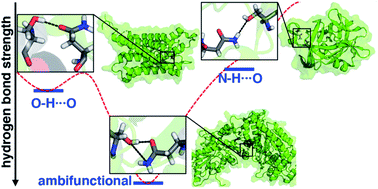
Chem. Sci., 2021,12, 1147-1162
https://doi.org/10.1039/D0SC05084A
A quantitative uncertainty metric controls error in neural network-driven chemical discovery
A predictive approach for driving down machine learning model errors is introduced and demonstrated across discovery for inorganic and organic chemistry.
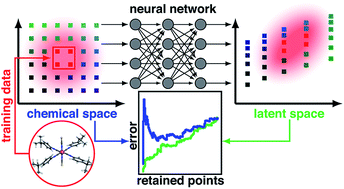
Chem. Sci., 2019,10, 7913-7922
https://doi.org/10.1039/C9SC02298H
An automated computational approach to kinetic model discrimination and parameter estimation
We herein report experimental applications of a novel, automated computational approach to chemical reaction network (CRN) identification.
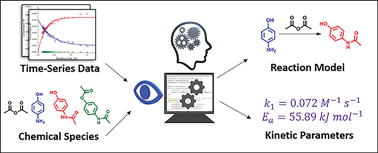
React. Chem. Eng., 2021,6, 1404-1411
https://doi.org/10.1039/D1RE00098E
Biocatalytic access to betazole using a one-pot multienzymatic system in continuous flow
The primary amine of betazole is synthesised from an alcohol in a one-pot, continuous flow biocatalytic cascade, using a PBR hosting a multienzyme co-immobilised system with constant O2 supply for in situ cofactor recycling, yielding 2.59 g L−1 h−1.
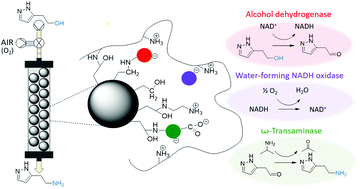
Green Chem., 2021,23, 4594-4603
https://doi.org/10.1039/D1GC01095F
Alternating polarity for enhanced electrochemical synthesis
Improved synthesis through the use of alternating polarity.
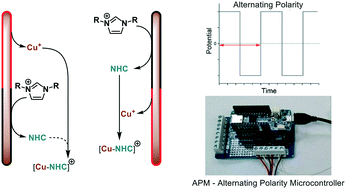
React. Chem. Eng., 2021,6, 147-151
https://doi.org/10.1039/D0RE00399A
Cell-free biocatalytic syntheses of L-pipecolic acid: a dual strategy approach and process intensification in flow
As an alternative to the traditional chemical synthesis or in vivo production of L-pipecolic acid, we have developed two ex vivo strategies using purified and immobilised enzymes for the production of this key building block.
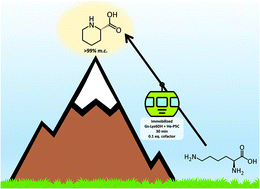
Green Chem., 2020,22, 5310-5316
https://doi.org/10.1039/D0GC01817A
Enumeration of de novo inorganic complexes for chemical discovery and machine learning
Enumerated, de novo transition metal complexes have unique spin state properties and accelerate machine learning model training.
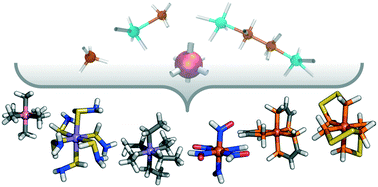
Mol. Syst. Des. Eng., 2020,5, 139-152
https://doi.org/10.1039/C9ME00069K
Revealing quantum mechanical effects in enzyme catalysis with large-scale electronic structure simulation
Large scale quantum mechanical simulation systematically reveals length scales over which electronically driven interactions occur at enzyme active sites.
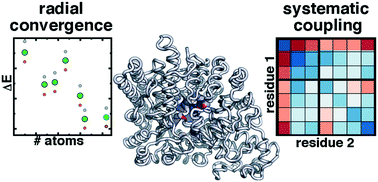
React. Chem. Eng., 2019,4, 298-315
https://doi.org/10.1039/C8RE00213D
About this collection
- Francesca Paradisi, Associate Editor (University of Bern, Switzerland)
- Richard Bourne, Editorial Board (University of Leeds, UK)
- Heather Kulik, Editorial Board (MIT, USA)